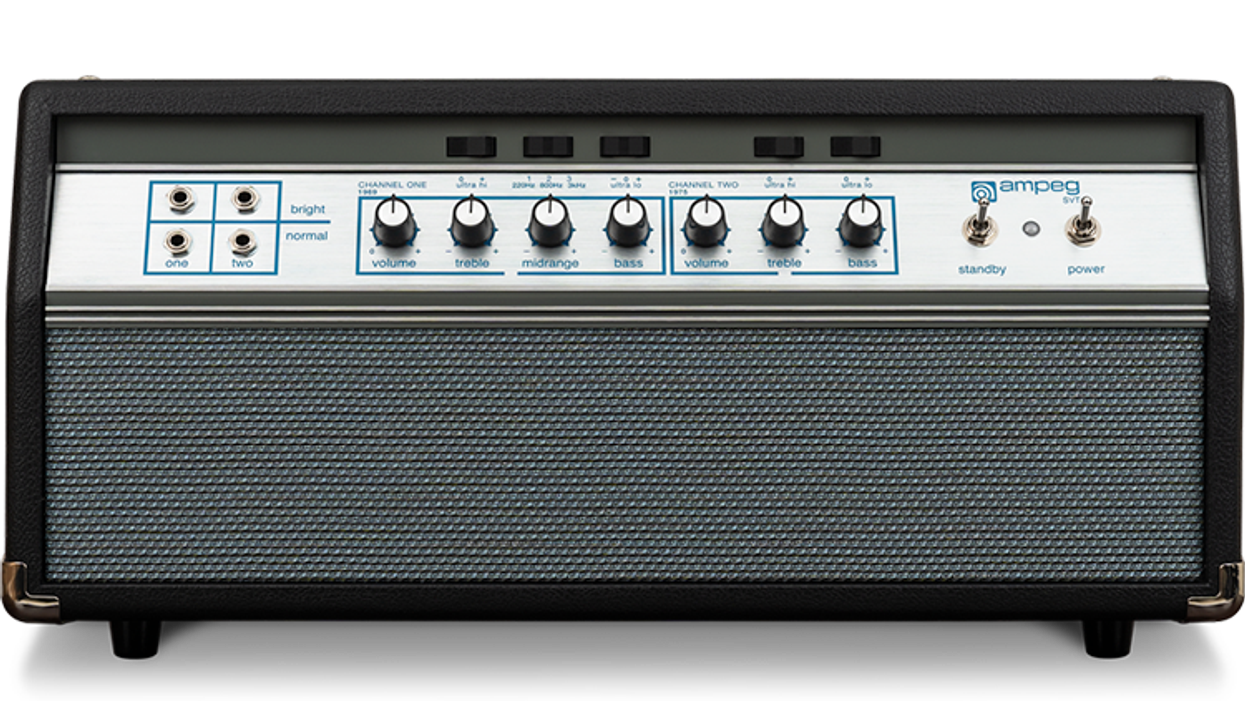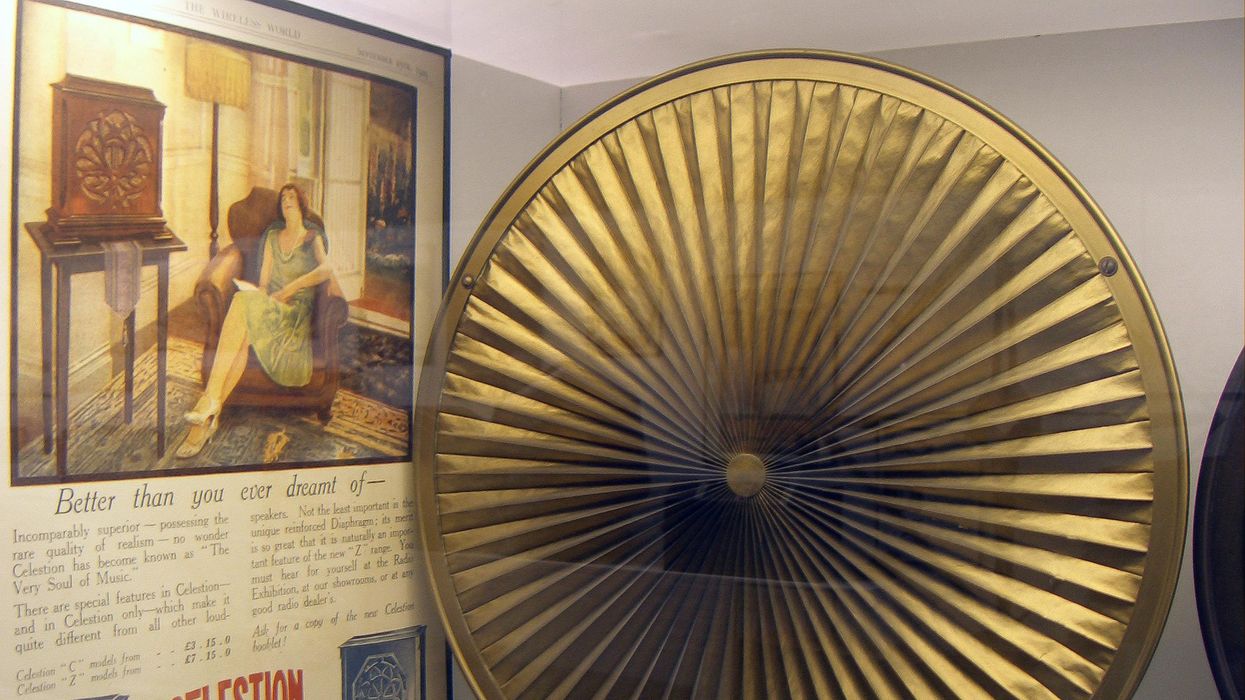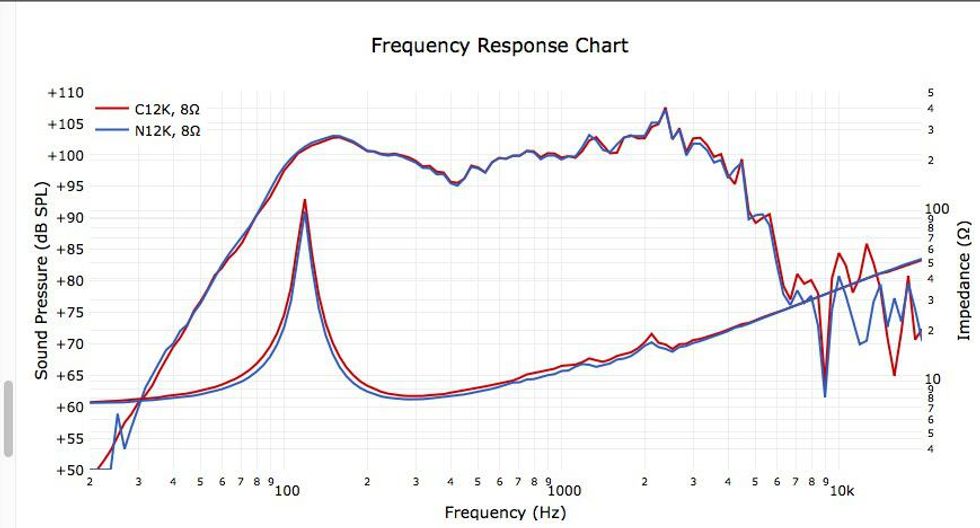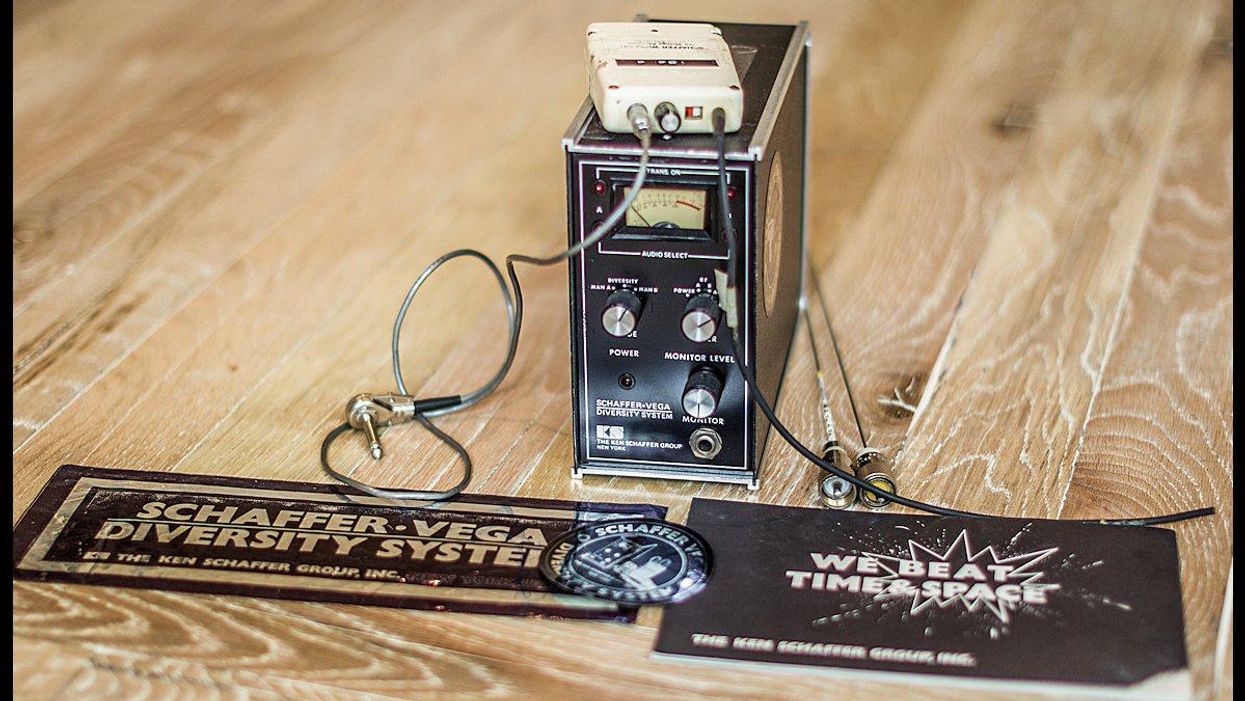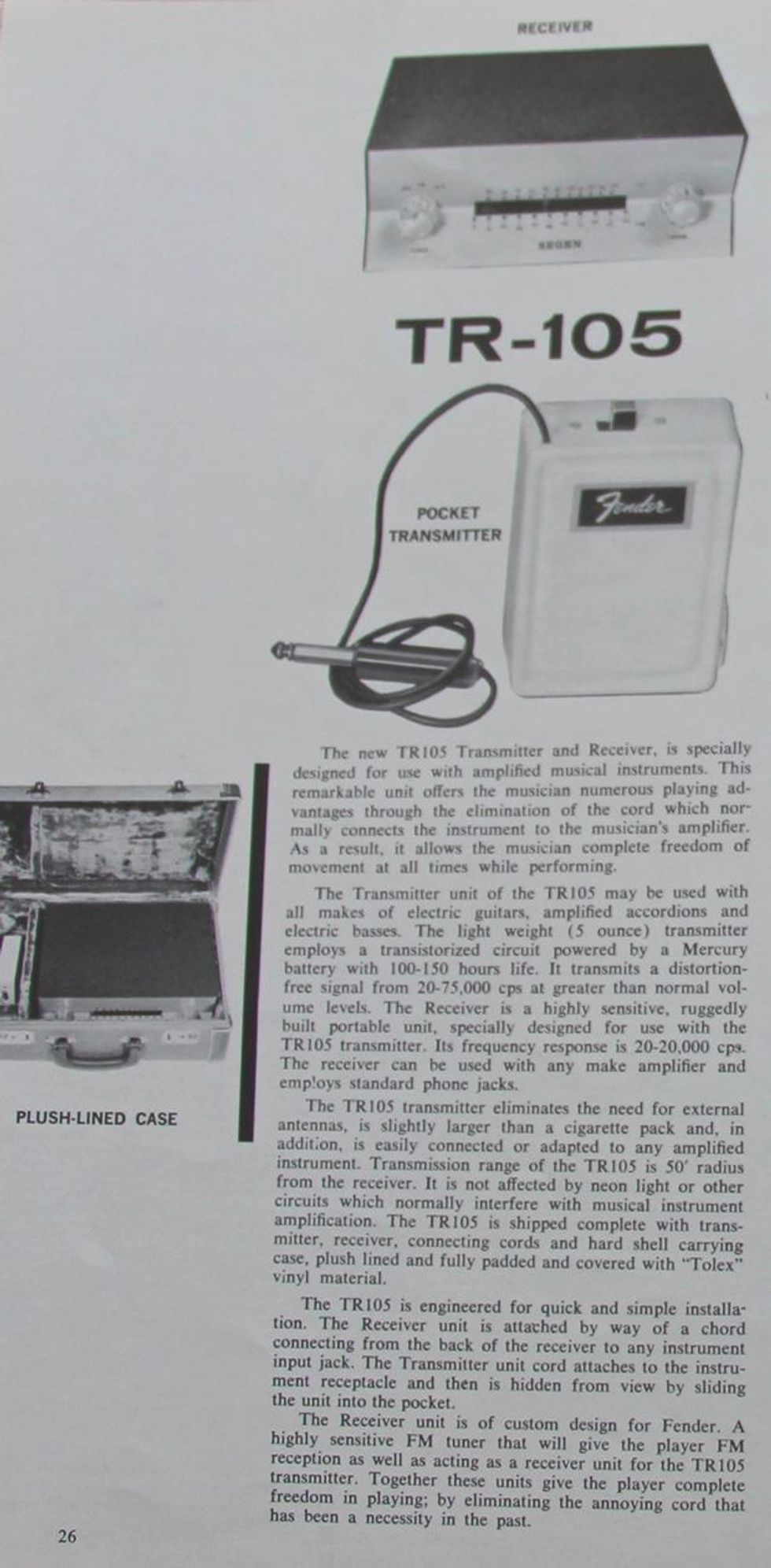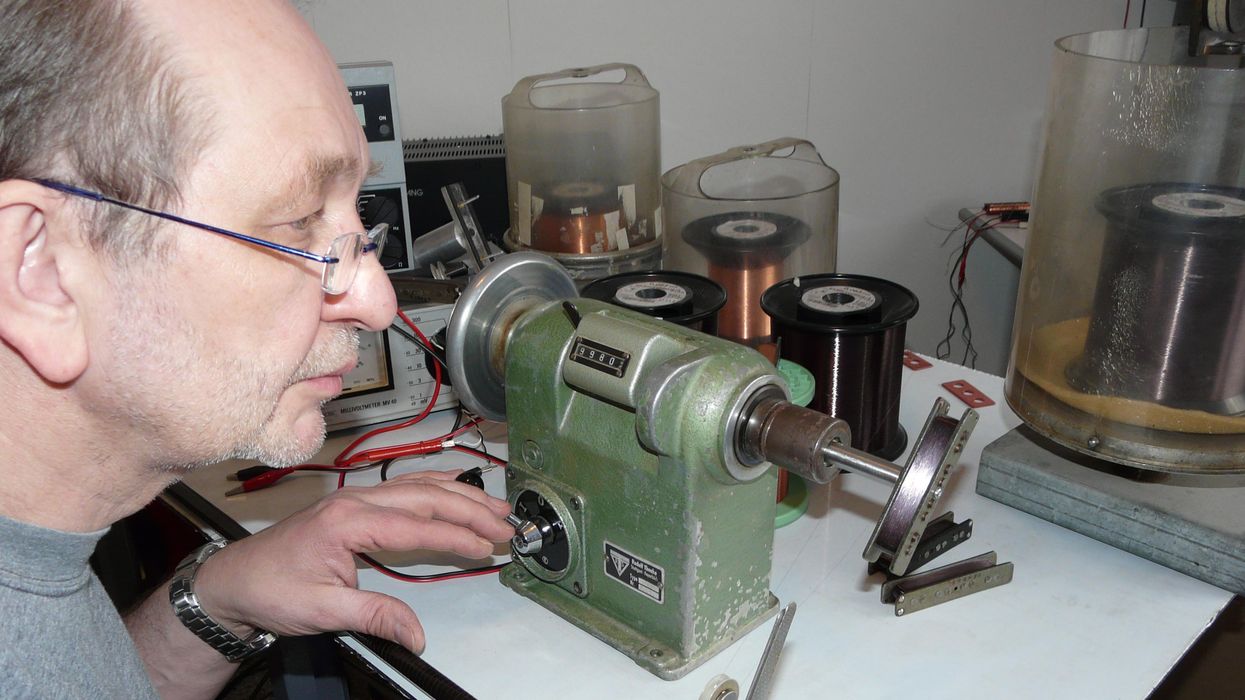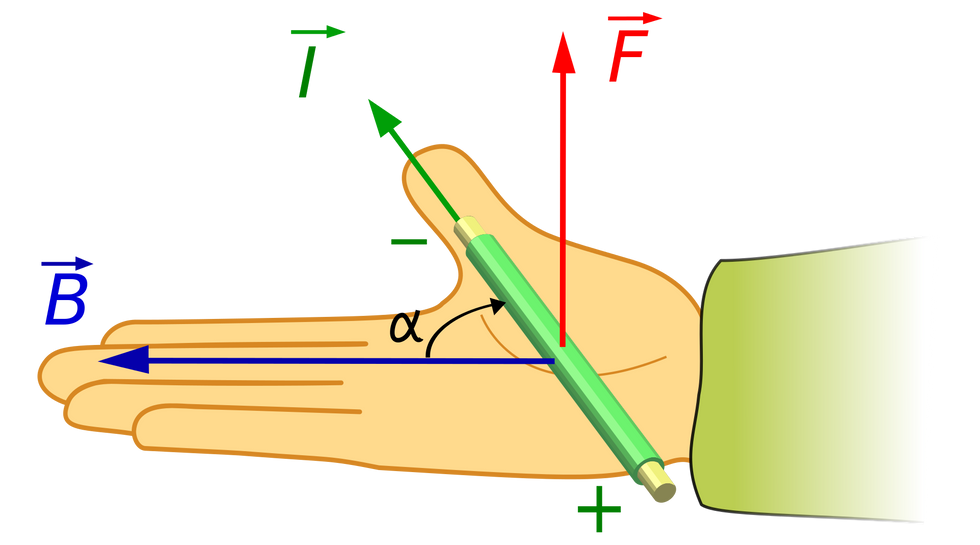Some bass tools and tweaks were invented to help obtain particular tonalities. Mark King taped his thumb to control the dynamics of the inner strings when slapping. I used a metal strip from a beer can taped around my thumb to add more treble to slapped notes (and I remember many bloody gigs when the metal broke and the sharp edges pierced my skin). There’s also the Slapring, a massive metal ring for slap-style playing that provides a highly metallic tone, not to mention a different playing style thanks to the device’s high mass.
Among the less well-known tools of this type are Funk Fingers (Photo 1). They originated in a recording session for the song “Big Time” from Peter Gabriel’s 1986 album So. Drummer Jerry Marotta had used his drumsticks to hit the strings of Tony Levin’s bass, and Gabriel suggested Levin tape drumsticks to his fingers to recreate the sound. Tony and his tech, Andy Moore, came up with the idea of two shortened drumsticks taped directly to the tips of the index and middle fingers. Levin (Photo 2) also used these on other records and later sold them via his record/publishing company, Papa Bear Records.
Session great Tony Levin created Funk Fingers to replicate a percussive bass sound from the Peter Gabriel song “Big Time.” Photo courtesy of Jeremy Nesse
“The Funk Fingers have had a long and interesting history,” Levin said in 2013. “After having them made here in Woodstock for a year when the idea was new, I ceased producing them, thinking there were enough out there in the world.” But after several years of absence, Funk Fingers reappeared in 2013 in a licensed and improved version by Kevin Andreas of Expanding Hands Music.
Funk Fingers are strapped to the index and middle fingertips. One stick is slightly longer to compensate for relative lengths of the two digits. Most players use them by shifting the thumb toward the edge of the body from its normal position directly above the pickups. (This might be a problem on small-bodied instruments such as Steinbergers.) They allow bassists to hit the strings faster and more heavily for punchy and powerful tones, especially on the initial attack. Still, most of this power is lost once the string hits the fretboard.
The sample note used for the spectrum and sonogram in Photo 3 is an open E with its fundamental at 41.2 Hz. Remember, the fundamental has its greatest amplitude in the middle of the string around the 12th fret (and nodal points at the bridge and nut). This is close to the end of the fretboard, and also close to the point where the string hits the fretboard when played with Funk Fingers. That means we can’t expect much of the fundamental to make it into the sustaining portion of the note—we’ll see more of the first harmonic, with its nodal point in the middle of the string. Depending on the fretboard’s length, there may even be a high ratio of the second harmonic in the remaining spectrum, and that’s exactly what we see in the sonogram: a powerful, but rapidly dying fundamental with prominent 1st and 2nd harmonic that eventually take over in the sustaining note. The initial attack and increased upper harmonics are the main reasons why Funk Fingers cut through in a band mix.
Notes struck with Funk Fingers have a strong attack and prominent first and second harmonics.
Photo courtesy of basslab.de
Another thing you have to get used to with Funk Fingers is their high mass and greater distance from the strings. That mass makes it hard to correct bad timing once the sticks are on their way, and the increased distance is another thing that can easily destroy the groove. So don’t expect to play fast, syncopated solos with them. Even Tony Levin plays relatively simple, steady grooves when using Funk Fingers.


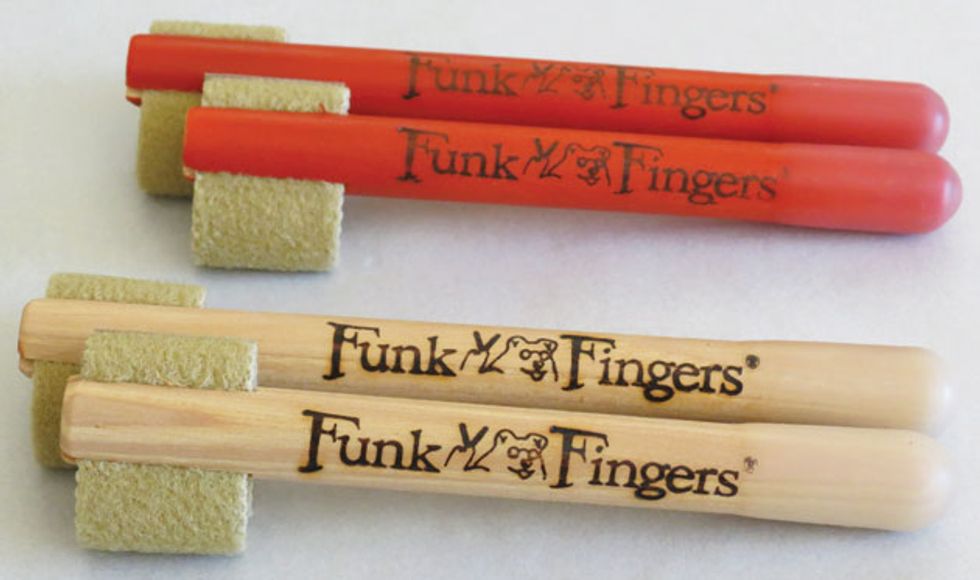

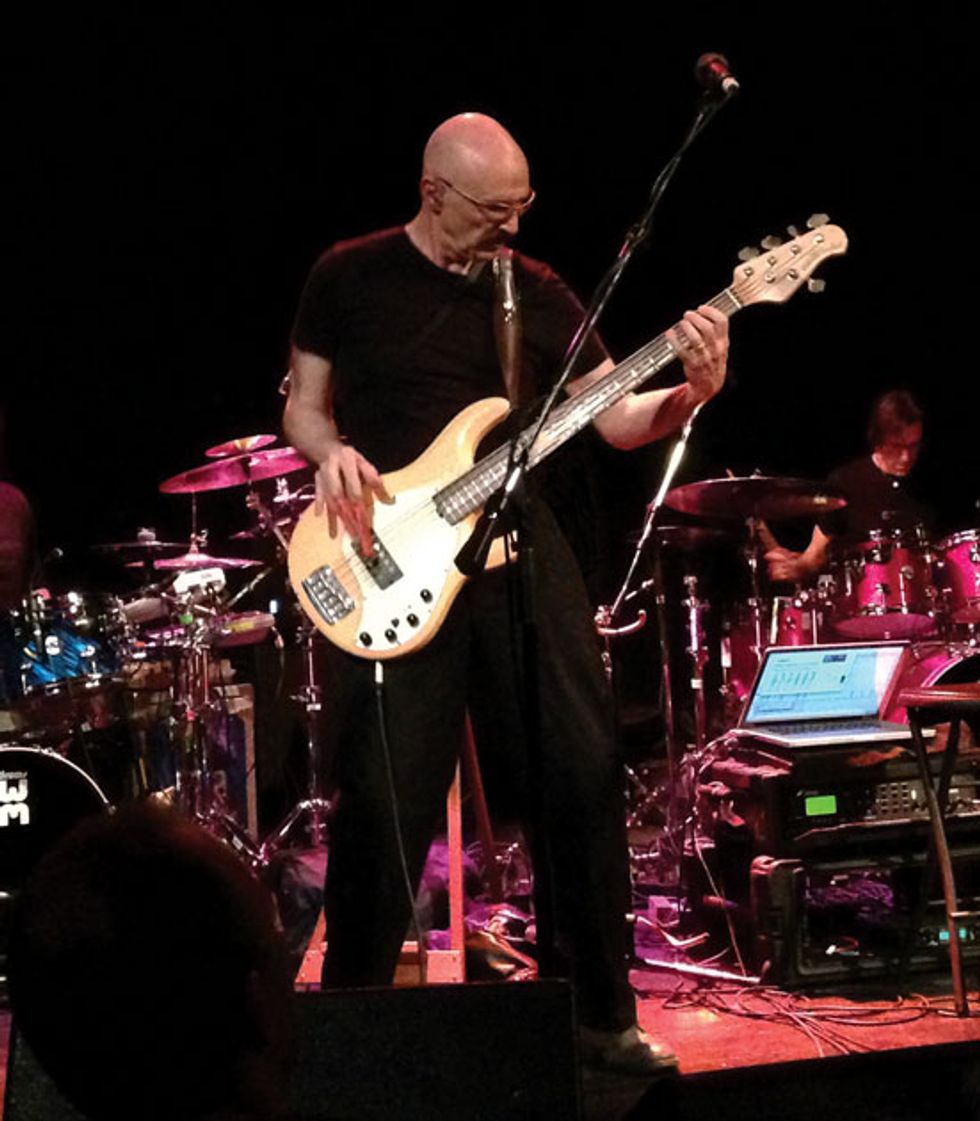
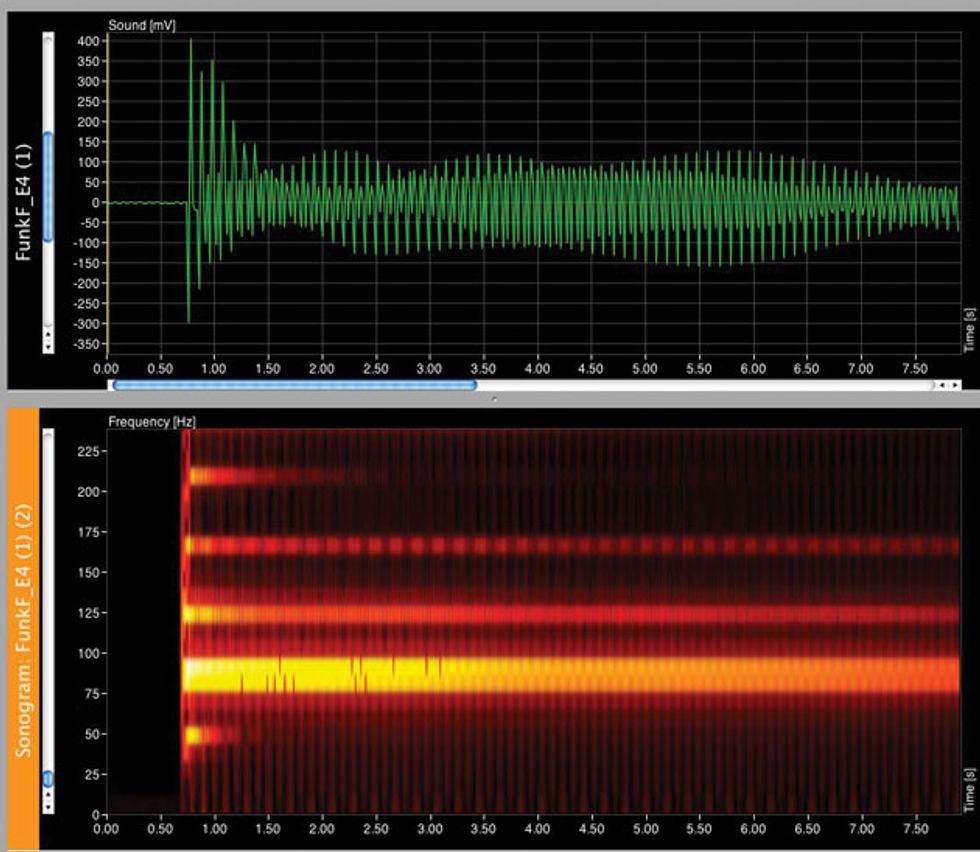




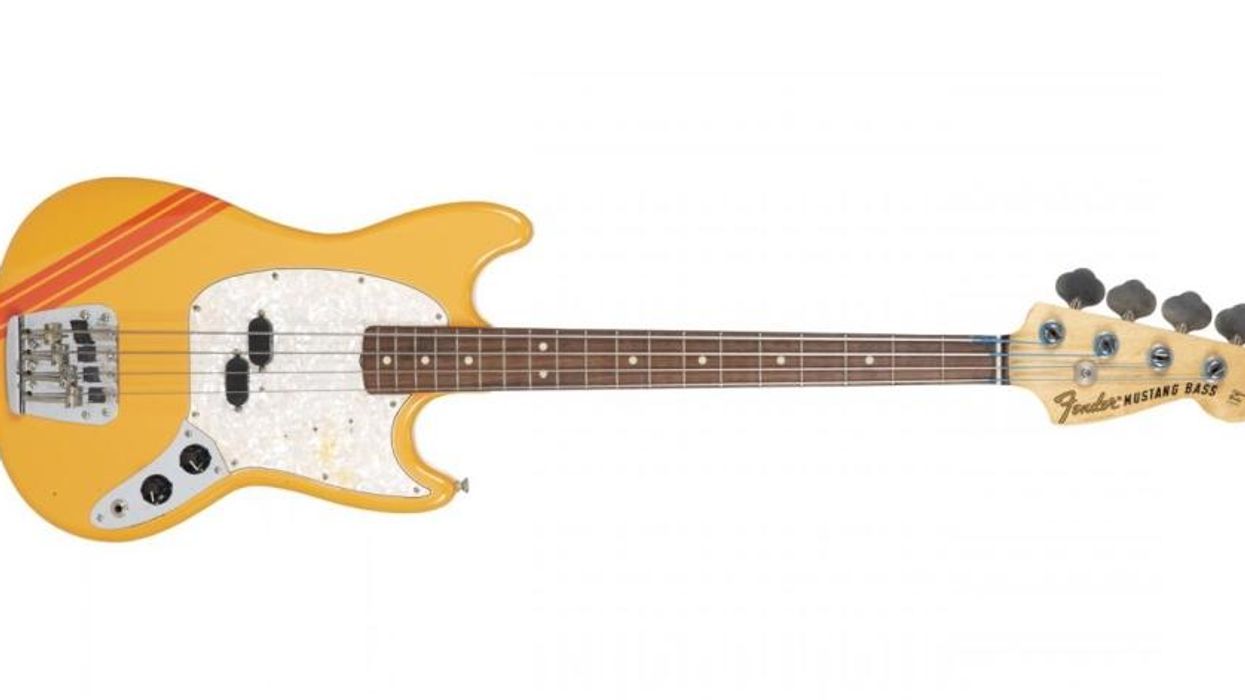



![Rig Rundown: Russian Circles’ Mike Sullivan [2025]](https://www.premierguitar.com/media-library/youtube.jpg?id=62303631&width=1245&height=700&quality=70&coordinates=0%2C0%2C0%2C0)



